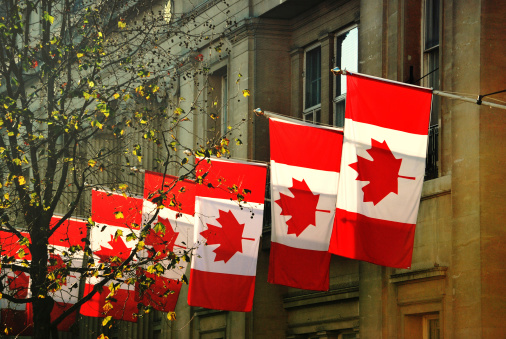Canadian employment was essentially unchanged in June (-1.6k), disappointing expectations for a modest 25k gain. Job losses were once again in full-time positions (-3.4k), while part-time jobs rose only slightly (1.9k).
As a result, the unemployment rate rose two tenths to 6.4%, thanks to healthy growth in the labour force (+40.4k). However, that was not due to rising participation rates, which fell one tenth to 65.3%, but a nearly 100k increase in the working age population (+98.7k).
Students aged 15 to 24 are having a particularly challenging time finding work this summer. The employment rate for returning students was 46.8%, a notable decline from 53.7% in 2022, and marks the lowest level since 1998 (outside of the pandemic in 2020).
Looking across sectors, the public administration lost jobs (-8.8k) for the first time in nearly a year. Losses were seen in eight of 16 industrial categories, with transportation and warehousing (-12k) leading the way. Job gains were led by accommodation and food services, which saw another healthy increase (+17k; +1.5%).
Lastly, total hours declined in June (-0.4% m/m), leaving them up 1.1% over the past year. That is despite employment rising 1.7% over the same period. Wage growth picked up to 5.4% year-on-year in June, impacted by base effects which are expected to peter out next month.
Key Implications
The cooling in Canada’s labour market continued in June. The month saw a very slight loss of jobs, though with the standard error on monthly job swings of 32k, it is technically statistically indistinguishable from zero. But, we only need to look at the steady rise in the unemployment rate to see that by nearly all metrics, job market conditions have softened.
The softening labour market likely contributed to the Bank of Canada’s confidence that it was time to start lowering interest rates last month. After today’s reading, financial markets have increased their odds to greater than 50% that the next cut is coming at their July 24th decision. We still have a couple of very key indicators to go before we reach that point, including inflation and the BoC’s Business Outlook Survey, which will help determine whether the next cut is July or September. In either case, Canada’s economy is not falling off a cliff and we expect rate cuts will be gradual over the remainder of the year.









